In 1962, biologist Rachel Carson published ‘Silent Spring’ – arguably the first rather convincing book about environmental damage. In the decades since, unprecedented scientific research and discourse revealed how homo sapiens’ numbers and modern lives are affecting planet Earth. Relentlessly, the consequences of our disruptions of environmental cycles and processes are making themselves felt. As climate change, micro plastics and antibiotics-resistant super bugs become our new reality, governments and institutions are struggling to find and agree on means to tackle these unparalleled problems. Universal human sustainability appears increasingly urgent, yet society’s response is hardly satisfying.
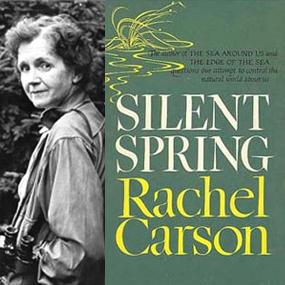
Our diverse, fragmented and individualized ways to live and work offer no solutions for the complex, global and interconnected nature of the challenges we face. Almost half a century of environmentalism and ‘sustainable’ technologies later, we have achieved nothing: any developed country’s disparity between its bio capacity and ecological footprint keeps growing persistently, even for the ones ranked “most sustainable” – same as their greenhouse gas emissions or losses of biodiversity. This means we still have not reached any meaningful threshold. There is a blatant discrepancy between our knowledge gain and daily behavior.
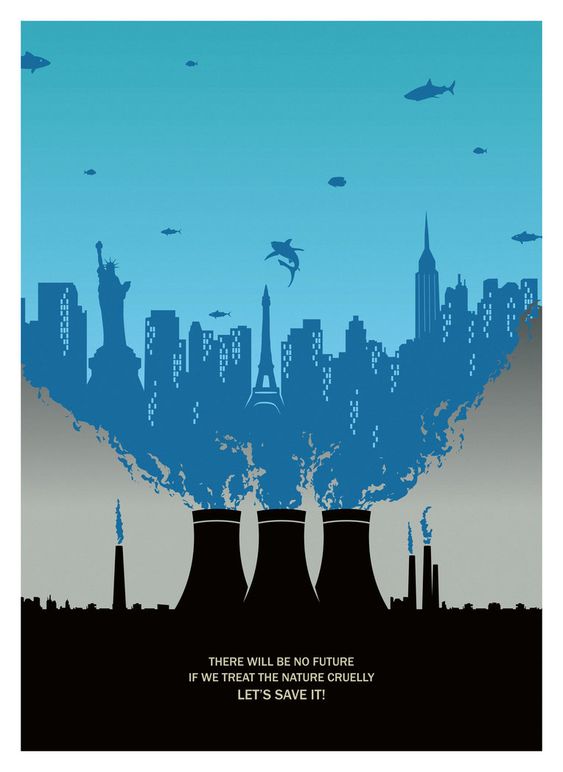
A true paradigm shift seems indispensable, if our species is to survive. We need a holistic, systemic and inclusive solution for this equally worldwide, inter depended and all-encompassing issue. A sweeping move that pervades every corner of the inhabited world and includes every single human being. Something that is maybe not solely based on analysis anymore (as we have operated since the ancient Greeks), but on synthesis, maybe symbiosis, or something even more integrative. Something that allows us to not just “do less bad”, but actually “do more good” – and lots of it and fast. The obligation for the development of a ‘human culture of sustainability’ appears painfully obvious.
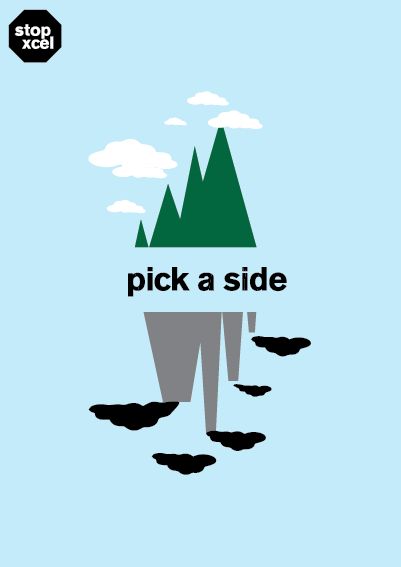
Meanwhile, we live in a designed world – everything we make, use and discard has been designed by someone. Look around yourself – no matter where you are: everything you see is there because of human creation or desire. Even left-over pieces of nature are only there, because we couldn’t access them, decided to preserve them or re-created them. And currently, design is a major culprit: every single human-made object damages our planet during production, transport and usage and will sooner or later become waste. In today’s society rather sooner than later. Any and every design affects human sustainability on planet Earth – either in a more positive or more negative way. Design permeates our modern lives and perpetuates environmental damage.
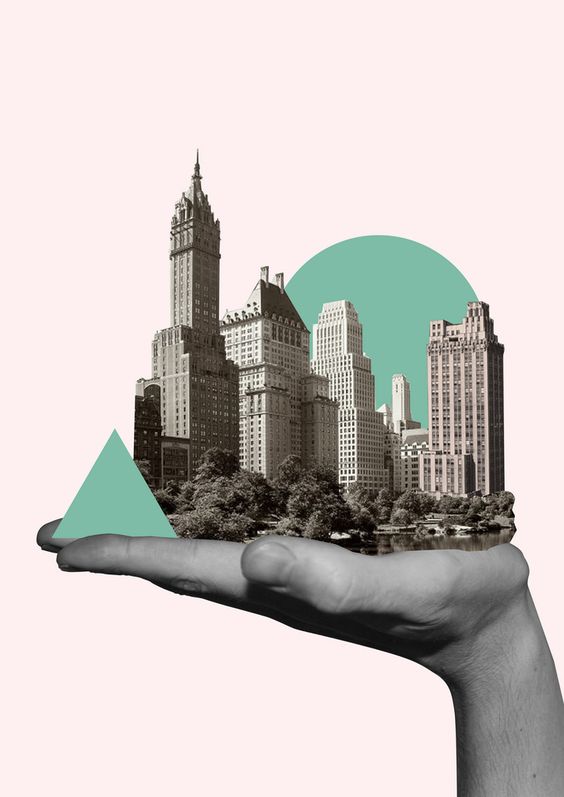
This ubiquity of design, however, also offers an awesome opportunity: If any and every design affects sustainability, then design is predisposed to attain true human sustainability on a large scale. In other words: if we designers understand how people’s behavior and activities affect the environment, then design can change these behaviors and activities and render human lives sustainable, or even regenerative, i.e. positive for the environment. Most people simply use objects the way they were designed to be used.
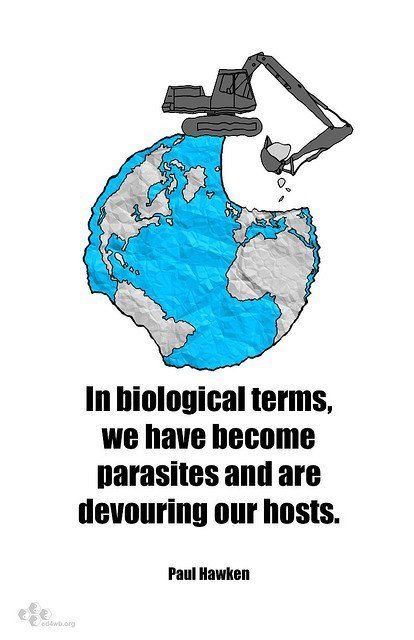
We designers must start thinking in that direction: find a way to achieve that paradigm change. It probably takes a deep-rooted, conscious and constant awareness about sustainability. Actually, acquiring a sustainability consciousness for ourselves might be the very first and fundamental step to a true sustainability of the human species. Sustainability thinking must become our common sense, so that sustainability is the underlying premise of each and every of our design activities. Holistic sustainability must be the starting point of every design task, not a mere additive, decoration or selling point.
Maybe nature itself could be our mentor: every species on Earth constantly attempts to benefit and improve its environment, in order to ascertain the long-term survival of the species. This doesn’t keep them from fiercely fighting for themselves, but one can apparently be combined with the other. What symbiotic and all-embracing means can we designers uncover to create a human culture of sustainability?
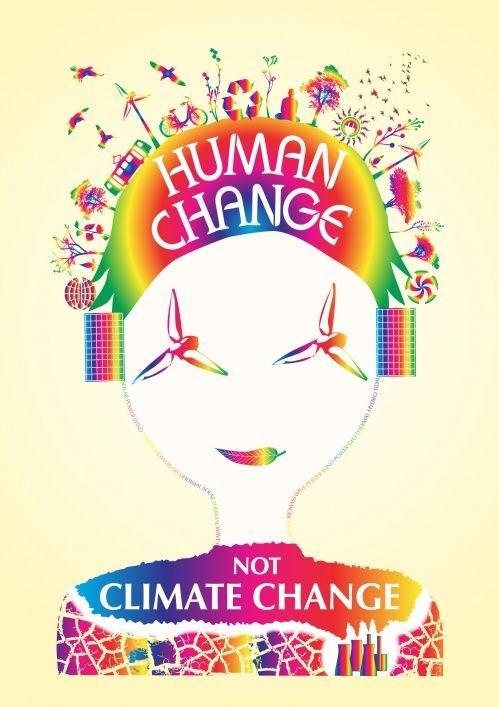 With this food for thought, we wish you a most happy new year and only the best of success for your endeavors in 2019.
With this food for thought, we wish you a most happy new year and only the best of success for your endeavors in 2019.
GUEST AUTHOR: Ar. Pius Leuba

Pius Leuba is a building physicist with Grolimund+Partners in Switzerland and teaches ‘Climate Change and the Built Environment’ at the University of Liechtenstein. A trained architect and educated in sustainability at the Harvard GSD, he has researched, designed and taught in the realm of sustainable human environment for nearly two decades. His current interests are systemic approaches & bio mimicry, urban ecology & densification, place-specific & off-grid designs, zero-impact & renewable materials, as well as building energy consumption & emissions.
